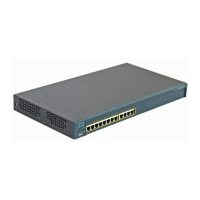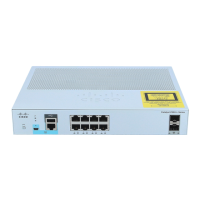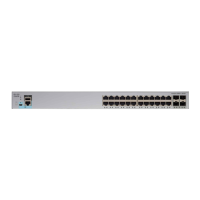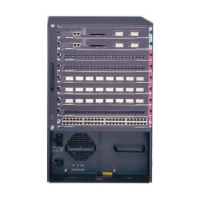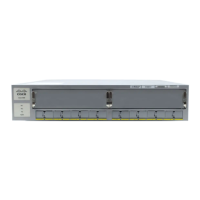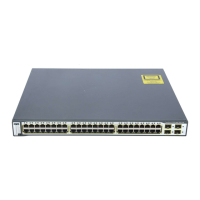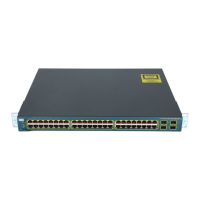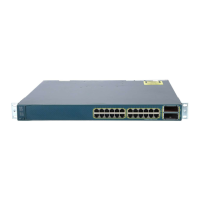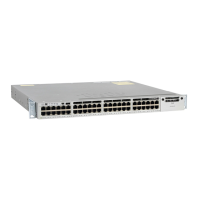Chapter 1 Overview
Network Configuration Examples
1-10
Catalyst 2900 Series XL and Catalyst 3500 Series XL Software Configuration Guide
78-6511-05
Network Configuration Examples
This section provides network configuration concepts and includes examples of
using the switch to create dedicated network segments and interconnecting the
segments through Fast Ethernet and Gigabit Ethernet connections.
Design Concepts for Using the Switch
As your network users compete for network bandwidth, it takes longer to send and
receive data. When you configure your network, consider the bandwidth required
by your network users and the relative priority of the network applications they
use.
Table 1-2 describes what can cause network performance to degrade and
describes how you can configure your network to increase the bandwidth
available to your network users.
Table 1-2 Increasing Network Performance
Network Demands Suggested Design Methods
Too many users on a single network
segment and a growing number of
users accessing the Internet
• Create smaller network segments so that fewer users share
the bandwidth, and use VLANs and IP subnets to place the
network resources in the same logical network as the users
who access those resources most.
• Use full-duplex operation between the switch and its
connected workstations.
• Increased power of new PCs,
workstations, and servers
• High demand from networked
applications (such as e-mail with
large attached files) and from
bandwidth-intensive applications
(such as multimedia)
• Connect global resources—such as servers and routers to
which network users require equal access—directly to the
Fast Ethernet or Gigabit Ethernet switch ports so that they
have their own Fast Ethernet or Gigabit Ethernet segment.
• Use the Fast EtherChannel or Gigabit EtherChannel feature
between the switch and its connected servers and routers.
